Today we have photos and videos of Hawaii sent in by Rosemary Alles, with photography credits to both her and Hale Anderson. The text is by Rosemary and is indented; you can enlarge the photos by clicking on them.
Background
Sri Lanka lies in the shadow of her giant neighbor India; a teardrop on the vast slate of the Indian Ocean. My family emigrated from our island nation many moons ago, leaving a jeweled landscape ravaged by corruption, ethnic violence, and terrorism.
My first home in the West was in Canada and then on the Big Island of Hawaii. These days, I travel between South Africa and Hawaii centering my work around the protection of iconic mega-fauna.
Hawaii, like Sri Lanka, is home to a myriad endemic species; many are critically endangered, endangered or threatened. Frequently referred to as the “Endangered Species Capital of the World”, my island state is also home to Hawaii Volcano’s National Park. 344,812 acres of rainforest, desert and windswept magnificence that boasts at least one success story; the nearly flightless Nene Goose. (Branta sandvicensis). This once endangered bird has made a comeback thanks to ongoing funding and restoration efforts.
From Jerry: Here are two photos I took on the Big Island of a nene crossing sign and the goose itself: July 1, 2019.
Last month, my sister and I were on the Big Island of Hawaii memorializing my mother’s passing. While there, Kīlauea erupted, throwing molten rock 35-50 feet in the air. A shield volcano, Kīlauea is the youngest and most active volcano on the Islands. I’ve been close to many lava flows during my years Hawaii, and this time, we were -once again- fortunate to see Kīlauea erupt on September 15th, just hours before it stopped. A video is here.
Before we left, my sister to her home in Toronto, and I to South Africa, we sat by the ocean where the water meets the sand. That evening, as the sea swallowed the sun in a crepuscular ritual, the sky turned red, a fiery blood-orange I had never seen before, not in all my years on the islands.
Mālama ‘Āina. Take care of the land, take care of the sea.
Images of the fiery sunset have not been adjusted at all, other than for cropping.
These are the images of the fiery sunset:
A brief explanation of the phenomena (the vivid nature of the sunset and the detail in the clouds) is explained as follows (by an astronomer-friend in France). Please refer to the two drawings obviously not drawn to scale.
Low hanging clouds are illuminated by the sun from below. The sun has set for the observer (me) but not from the perspective of the clouds. The grazing light enhances the contrast. Essentially the light from the sun is reflecting at a low angle on the clouds causing grazing.
The tree in the foreground of the eruption-image is an Ohi’a lehua (Metrosideros polymorpha). As of this writing, the species, endemic to Hawaii, is suffering from ROD (Rapid Ohia Death) from invasive fungi. Ohi’a is one of the first species to appear on “new” lava – once it has cooled.
Videos and text here: “Kīlauea was erupting at the summit most recently from September 10-16, 2023. Several roughly east-west oriented vents on the western side of the downdropped block within Kīlauea’s summit caldera generated lava flows onto Halema‘uma‘u crater floor, within Hawai‘i Volcanoes National Park. ”
“Halemaʻumaʻu is home to Pele, goddess of fire and volcanoes, according to the traditions of Hawaiian religion. Halemaʻumaʻu means ‘house of the ʻāmaʻu fern’.”
Kilauea after the eruption stopped:
Three videos of the 2023 Kilauea eruption:
” Their technical names are Anoetochilus sandvicensis (the jewel orchid); Liparis hawaiensis (the twayblade orchid); and Platanthera holochila. These native orchids grow in the very highest places within the island’s forests and bog.”
Orchids for my mother on the blue slate of the Pacific.
From this site:
“The Golden Pools of Keawaiki on the Kohala coast are landlocked freshwater ponds (anchialine pools) connected to the ocean. Lava fields surround them, and the only greenery is saplings growing at these oases. The Golden Pools of Keawaiki got their name from the gold-colored algae growing on the underwater rocks.”
Mauna Kea, the White Mountain, so named for the snow along its flanks during the colder months of the year. Mauna Kea is ~13,800 feet high.
Quote: “If we measure the entire mountain from top to its base, which is referred to as the ‘dry prominence’, Mauna Kea is 500 metres (1640 feet) taller than Everest.”
The observatory-domes of several world class telescopes are located atop the mountain; the W.M Keck Telescope, the Gemini, the Subaru, the CFHT (Canada France Hawaii Telescope), and the NASA infrared Telescope Facility are among the ~13 scopes on the White Mountain. I worked for both the CFHT and Keck Telescopes prior to switching career paths. The Thirty Meter Telescope (the TMT) was slated for completion prior to 2019, but was successfully halted after several years of protest by native Hawaiian groups. Hawaiian mythology considers the mountain “sacred”. In a tragedy for science, the compromise, if one is reached, may prove fatal for the future of astronomy on Mauna Kea, the world’s best site for ground-based astronomy.
Quote: “The height of the mountain, lack of light pollution, dry atmosphere, and minimal air disturbances make Maunakea the foremost place in the world for astronomy research.”
Quote: “Crucially, the MKSOA includes representatives from both astronomical observatories and Native Hawaiian communities. Its members say it marks a new approach, one that for the first time gives Native Hawaiians a voting role in overseeing the mountaintop. And although board members don’t want to get ahead of the process, an emerging compromise could see the embattled TMT built atop the peak in exchange for the decommissioning of several telescopes.”
Ironically, Hawaii’s coastline is also “sacred’ to Hawaiians, however, no clarion call has been issued to decommission the multiple hotels along the coastline. Connect the dots. Commerce and skill sets.
Mauna Loa, the Long Mountain, slightly less in height than Mauna Kea. Hawaii Volcano’s National Park lies to the south of Mauna Loa.

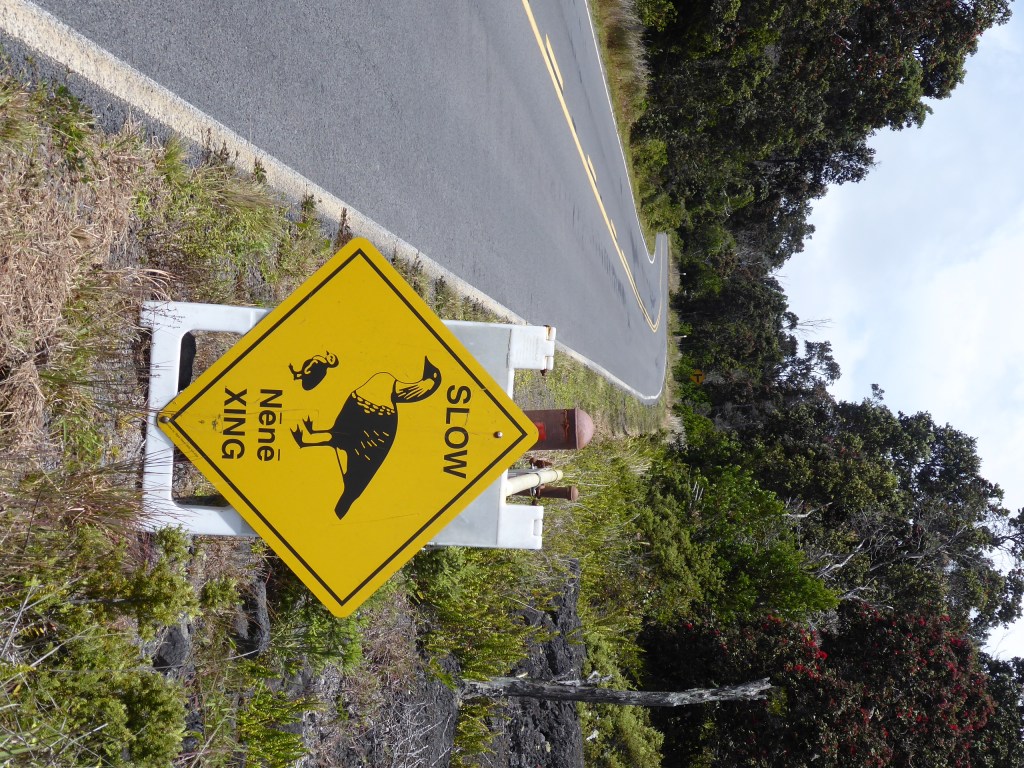
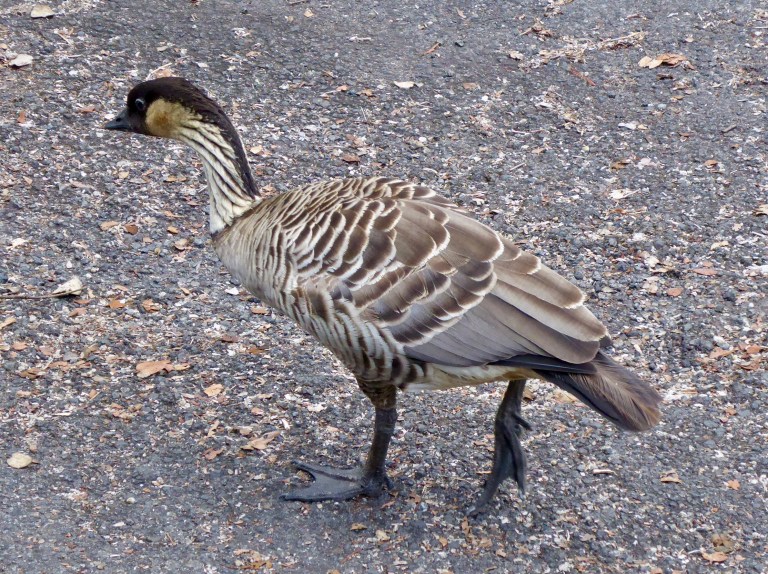
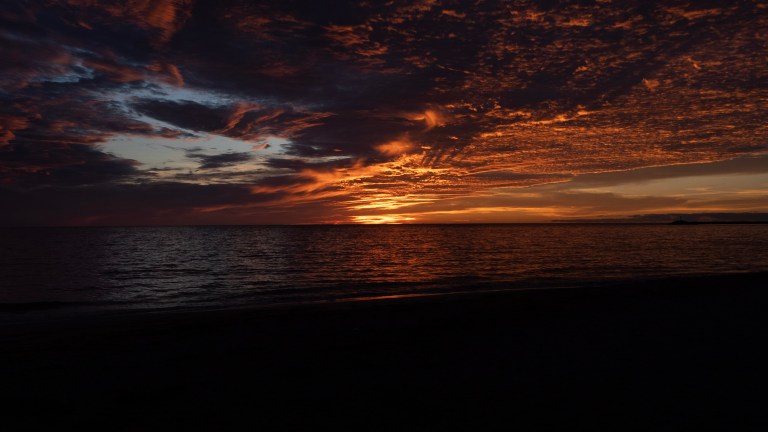
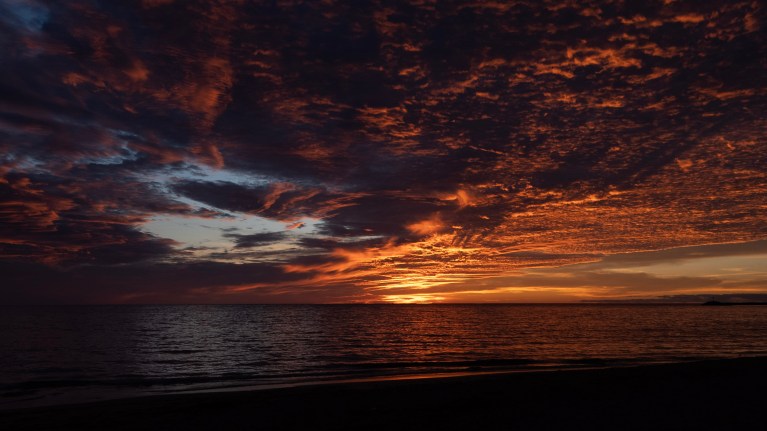
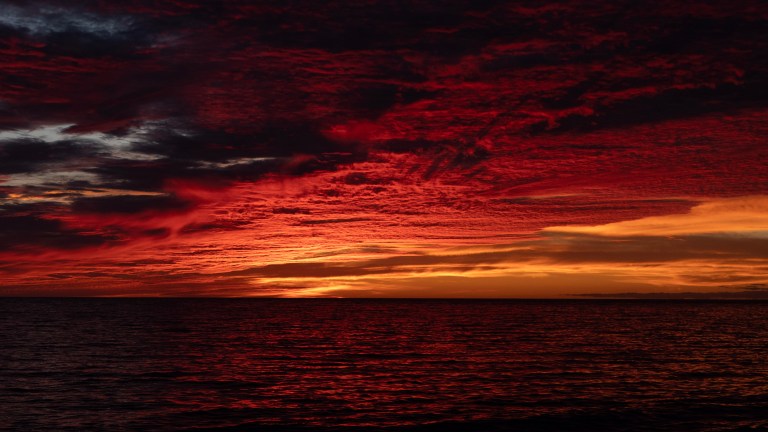
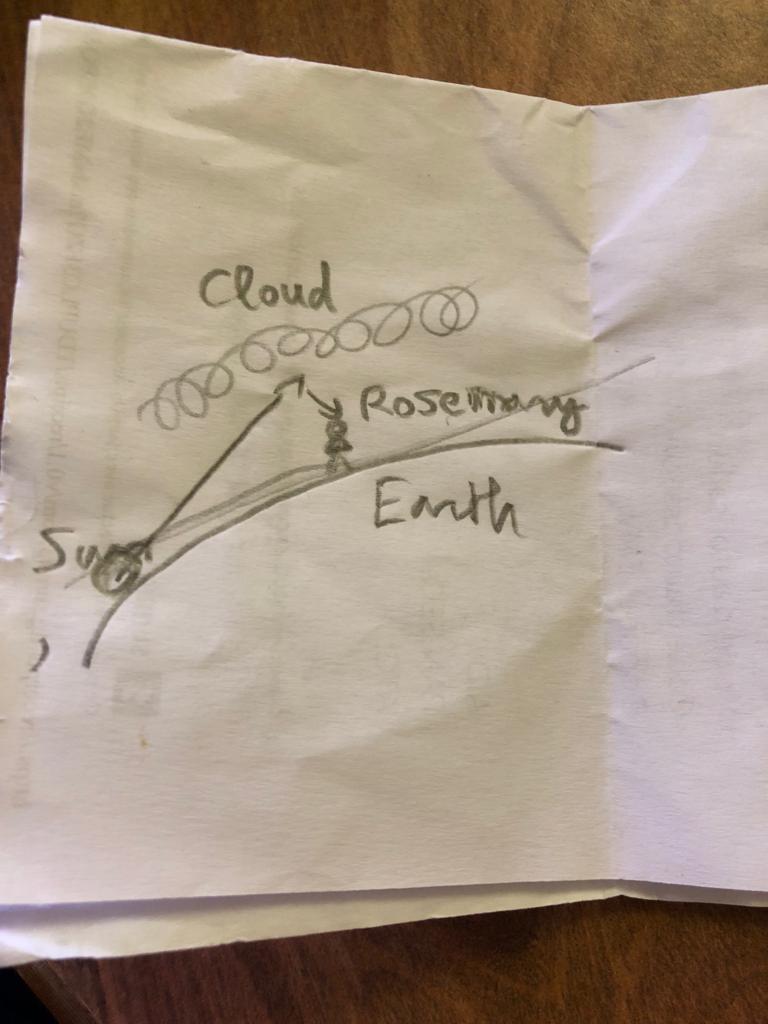
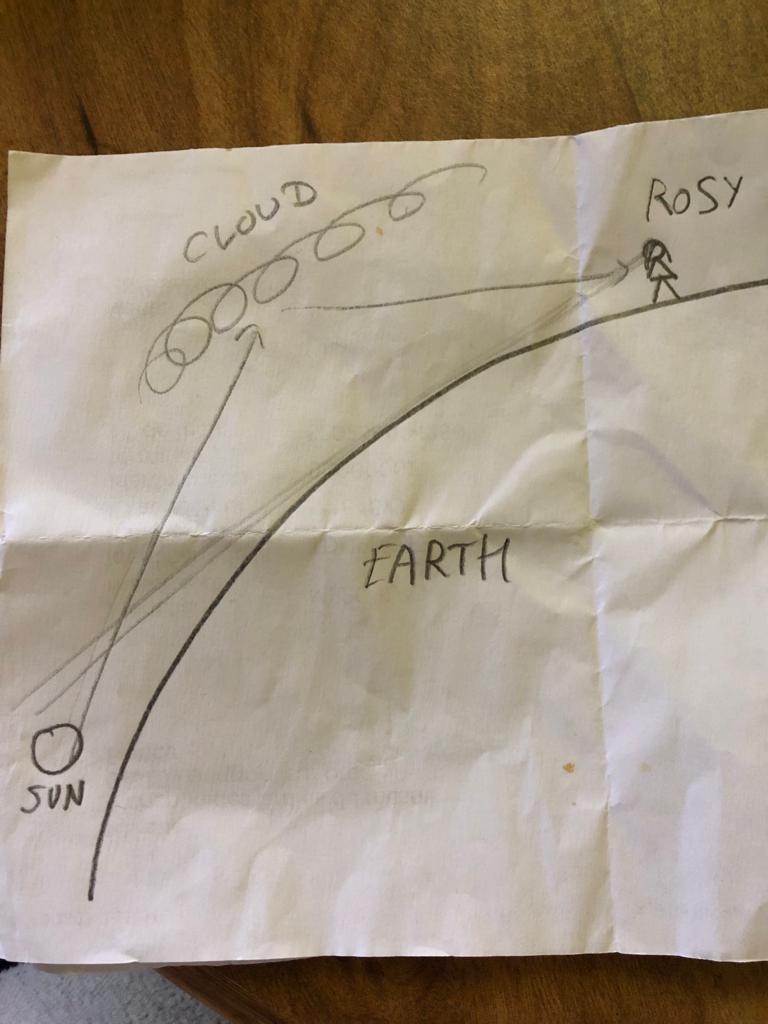
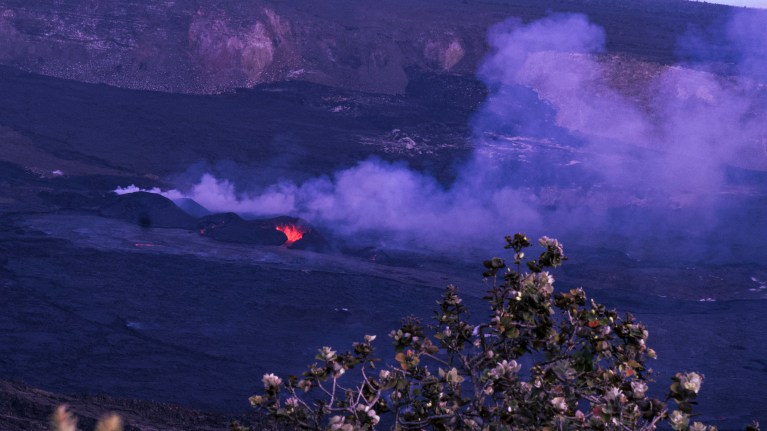
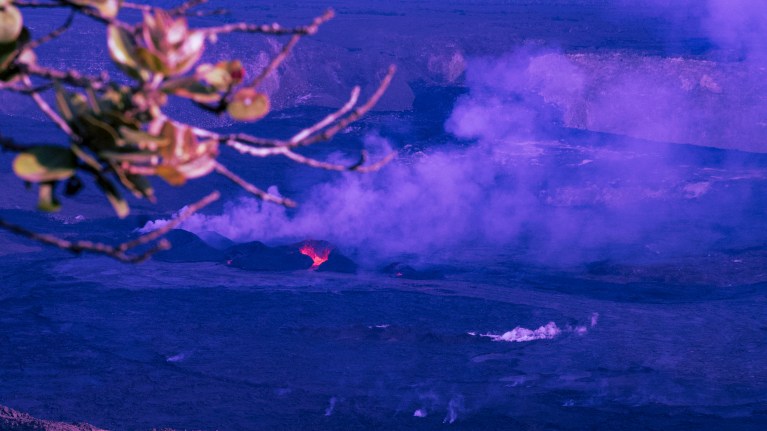
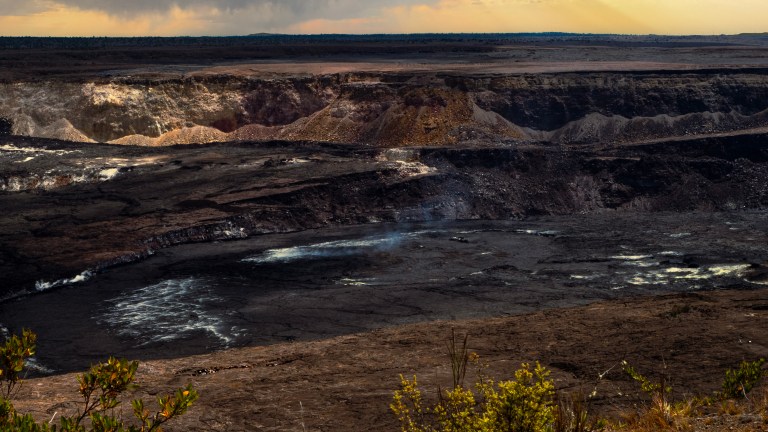
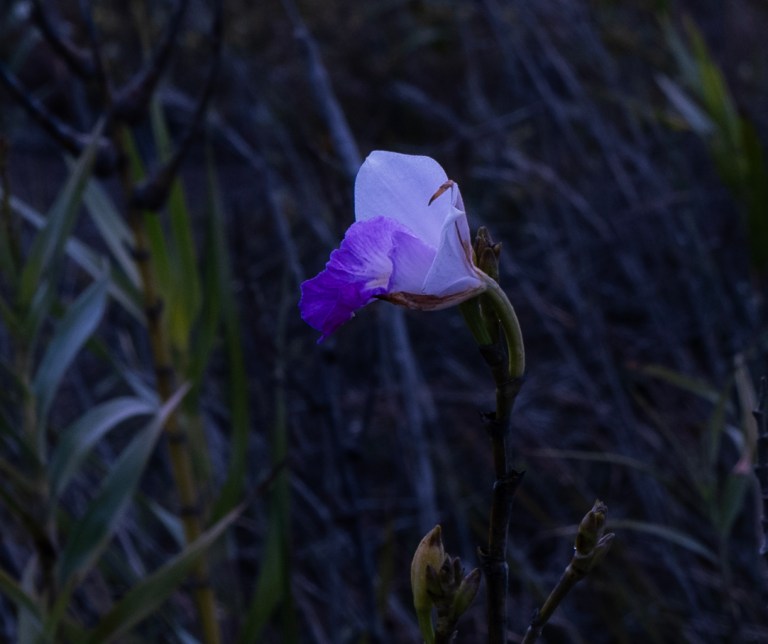
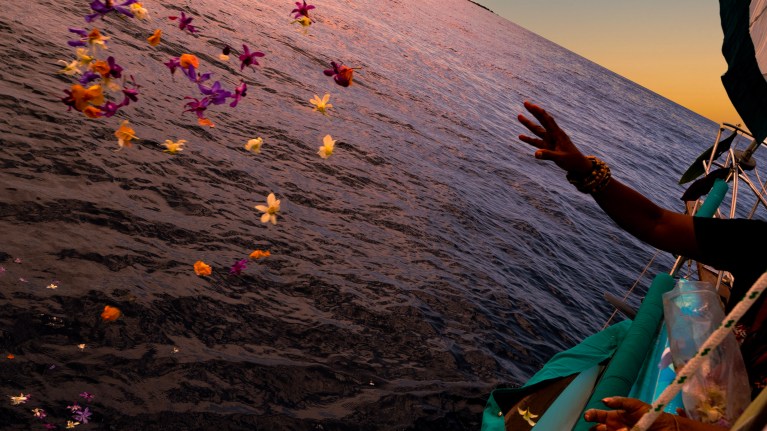
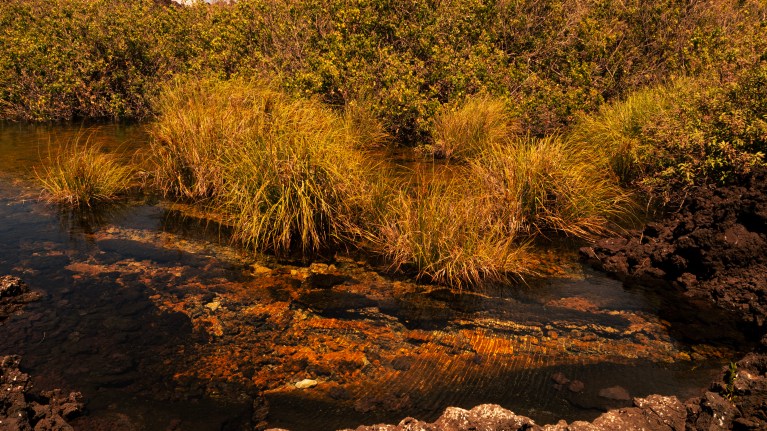

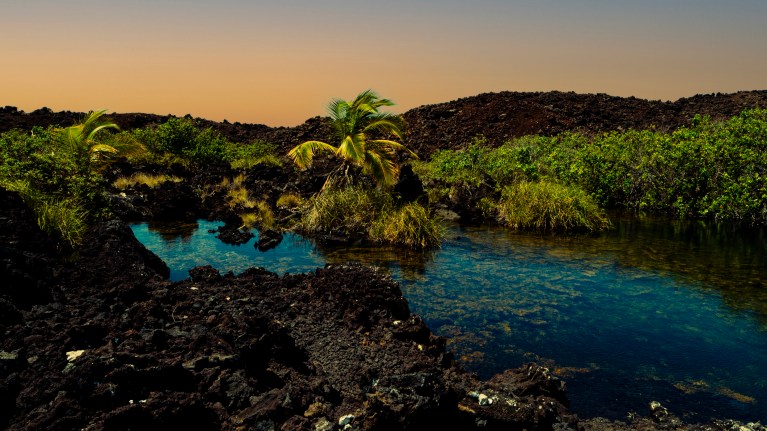
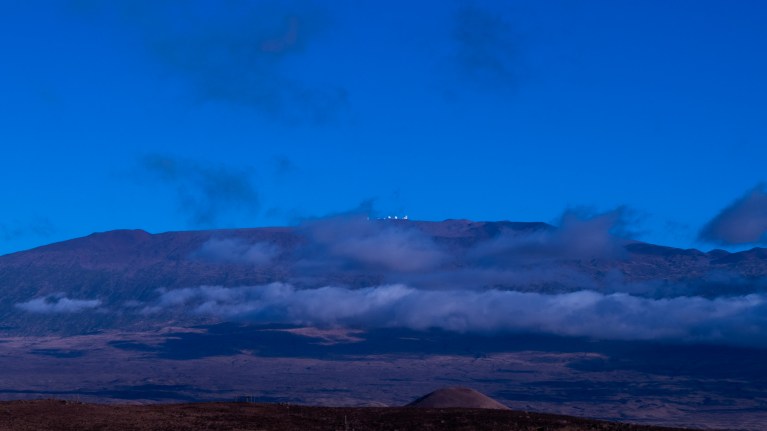

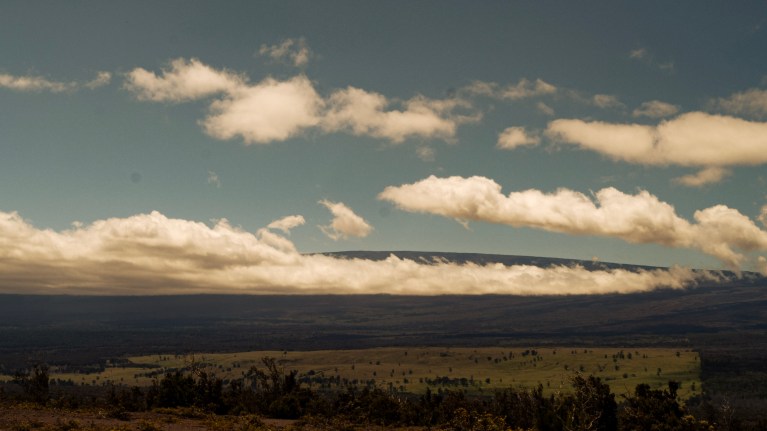
Powerful set – the color scheme of the sunset ones are like those … is it Carvaggio? I also love the precision of the drawn diagrams – here’s to the “back of the envelope”!… and on the day for science, even!
☺
Those were drawn by a dear friend, a Software Engineer who works at Centre national de la recherche scientifique (CNRS) in France. He works in astronomy/astro-physics. I asked him about the phenomena (the sunset), he explained.
And, thank you.
And yes, Carvaggio.
Stunning photos and incredible video. The explanation for the fiery sunset is very clear.
The photos are so sensitive to the environment.
What a loving way to honor your mother. That photo is a gem.
Thank you for this post.
Thank you very much Debra.
❤❤❤
Awesome photos and videos, and excellent narrative as well!
Thank you Norman.
Jerry, thank you for posting my pics – and Hale’s of course.
My Software Engineer/Astronomer friend who ventured an explanation of grazing in the context of the fiery Hawaiian sunset says the 2nd drawing is a better representation of the phenomena than the first. FYI
Regarding the Nene:
https://en.wikipedia.org/wiki/Canada_goose
The Nene resembles the Canada Goose.
Quote:
“the barnacle goose (B. leucopsis) was determined to be a derivative of the cackling goose lineage, whereas the Hawaiian goose (B. sandvicensis) originated from ancestral Canada geese”
Very interesting and informative about Hawaii, thank you.
Welcome!
Beautiful, dramatic and powerful – thank you.
Welcome!
Hale Anderson here, Rosemary and I were fortunate to view the eruption of Kalauea on the final night (Friday, September 15, 2023. Getting a decent video shot of the lava flow was tricky – lots of people lined up against the fence, so I had to shoot over their shoulders – the contrast of the utter darkness and the widely flowing lava gave the scene a truly ‘other’ planet feel to the night.
I wondered if that was lava in the night shot. Thanks, Hale.
I am late to the post…night time east coast U.S. but glad I went back to these photos and videos Rosemary. Sunset shots are amazing!
+1
Thank you Jim, those were taken (and no processing was done) by Hale Anderson.
Would like to know when Rapid Ohia Death first manifested and where it came from.
ROD was first identified in ~2014, meaning, it very likely manifested a short time before.
“Description
========
A new fungal pathogen known as Rapid Ohia Death (Ceratocystis fimbriata*) was identified on Hawaii Island in 2014. The fungus attacks and can quickly kill ohia trees (Metrosideros polymorpha). Ohia is endemic to Hawaii and comprises approximately 80% of Hawaii’s native forests. *Note: the species of Ceratocystis fungi that cause Rapid Ohia Death has since been recognized as two distinct species; Ceratocystis huliohia (ROD canker disease) and C. lukuohia (ROD wilt disease), with significantly different pathologies – although both ultimately lead to tree mortality. Also, as of December, 2018, both strains of Ceratocyctis fungi which cause Rapid Ohia Death have been confirmed to exist on the island of Kauai.”
https://dlnr.hawaii.gov/hisc/info/species/rapid-ohia-death/
Where did it (ROD) come from?
=====================
“The exact origins of the ROD-causing fungi are unknown, but we know that they are not native to Hawaiʻi.”
Here are some FAQs about ROD:
https://cms.ctahr.hawaii.edu/rod/THE-DISEASE/FREQUENTLY-ASKED-QUESTIONS
This is very beautiful and moving – thank you.
I do sympathize, though, with those who want to preserve Earth’s highest mountaintops, whether for cultural/ceremonial or ecological reasons. These alpine environments are scarce and fragile.
Yes, it’s even harder to save beaches, because of their much higher commercial value.
Humans are overrunning the planet…
Thank you for your comment. I do have empathy for your view and have for many years while living in Hawaii and working for the scopes on the mountain.
Yes, alpine environments are fragile.
Still, Mauna Kea has already been built upon – with some of the best telescopes in the world, delivers the best astronomy in the world; and, yes, these structures have an ‘environmental’ footprint/impact. However, they are *already* on the mountain.
The movement to “preserve” the mountain does not come to the table (rather, the mountain top) in good faith; the movement’s focus -in my opinion of course, with evidence to buttress my sensibility- is largely about power, it’s an ‘anti-colonialist’ movement and much like the ‘anti-racist’ movement, it does not deliver fairness, nor justice, rather conducts itself on subversive authoritarian precepts intended to hoard power. Its objective is to “dismantle”, both literally and metaphorically.
Erasure of “enlightenment thinking” is a significant factor in the ‘anti-colonialist’ philosophy. Western Science (which is *just* science) is part of that erasure – it’s subtle, but it’s there.
If no telescopes were already on the summit, I would lean (perhaps heavily) to preserving the pristine nature of the mountain, albeit, the scopes are already on the summit, we should keep them – not dismantle them, and the TMT (thirty meter) which is scheduled to be built on the White Mountain will bring us secrets of the universe from millions/billions of light years away.
If the scopes are not to be on Mauna Kea, they will *be* somewhere else (they already are), away from Mauna Kea, away from the US – most likely in Chile. Another nation will benefit from the science and our Hawaiian kids/young adults will be deprived of the benefits of a stellar (no pun intended) introduction to astronomy.
Is this what we want?
Your response makes a fine coda to an excellent post.
Thank you Leslie.
Also, agree that humans are overrunning the planet, particularly in ecologically fragile regions.
Having said that. 🙂
Population declines in localized regions will contribute to economic/social problems in the future. I don’t know the solution to (have not researched) these competing interests and the corresponding problems they present.
Incentivizing legal immigration with meaningful assimilation programs may be (at least) one solution.